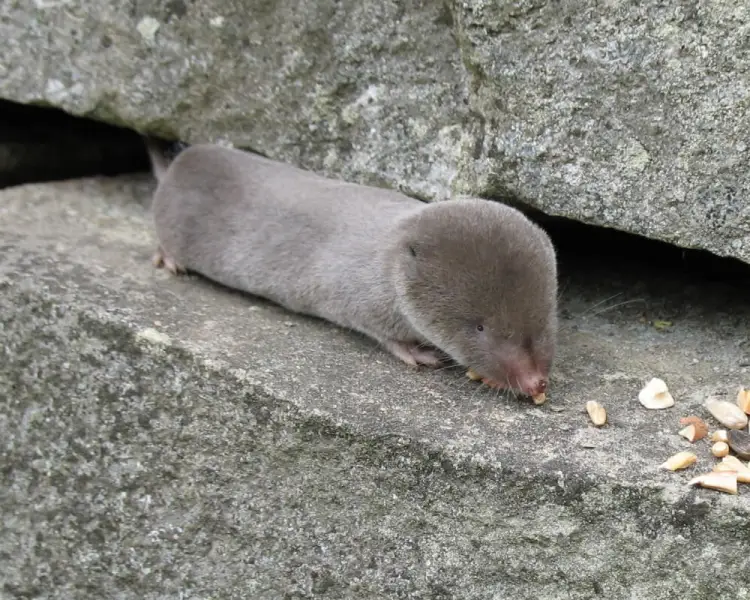
Baby Shrew Care: A Comprehensive Guide
Introduction
Baby shrews, the tiny and adorable offspring of these enigmatic mammals, require specialized care to thrive. Their delicate nature and unique needs demand a deep understanding of their biology and behavior. This comprehensive guide will provide all the essential information and practical advice necessary to ensure the well-being of baby shrews in captivity.
Biology and Characteristics
Shrews are small, mouse-like mammals belonging to the order Eulipotyphla. They are characterized by their long, pointed snouts, small eyes, and velvety fur. Baby shrews are born blind and helpless, weighing only a few grams. Their skin is wrinkled and translucent, revealing their developing organs.
Species and Distribution
There are over 350 species of shrews worldwide, each with its own unique characteristics and habitat preferences. Some common species include:
- Common shrew (Sorex araneus): Found in Europe and Asia, this species is known for its high metabolism and voracious appetite.
- Masked shrew (Sorex cinereus): Native to North America, this shrew has a distinctive black mask around its eyes.
- Pygmy shrew (Sorex minutus): The smallest mammal in the world, this shrew is found in Europe and Asia.
Habitat and Diet
Shrews are found in a variety of habitats, including forests, grasslands, and wetlands. They are primarily insectivores, feeding on insects, worms, and other small invertebrates. Baby shrews require a constant supply of food due to their high metabolic rate.
Captive Care
Enclosure
Baby shrews should be housed in a secure and comfortable enclosure. A small aquarium or plastic container with a lid is suitable. The enclosure should be lined with soft bedding material, such as shredded paper or cotton balls.
Temperature and Humidity
Baby shrews are sensitive to temperature and humidity. The ideal temperature range is between 70-80°F (21-27°C). The humidity should be kept at around 50-60%.
Food and Water
Baby shrews require a constant supply of food and water. A variety of insects, such as mealworms, crickets, and fruit flies, should be offered. Water should be provided in a shallow dish or a water bottle with a sipper tube.
Feeding Schedule
Baby shrews should be fed every 2-3 hours during the day. The amount of food given should be small, as they can easily overeat.
Hygiene
The enclosure should be cleaned regularly to prevent the buildup of waste and bacteria. The bedding should be changed daily, and the water dish should be washed and refilled frequently.
Handling
Baby shrews are fragile and should be handled with extreme care. Avoid touching them directly with your hands, as this can transfer bacteria and cause stress. If handling is necessary, use a soft cloth or a pair of tweezers.
Health and Common Problems
Baby shrews are prone to certain health problems, including:
- Malnutrition: Ensure a balanced diet and provide food frequently.
- Dehydration: Provide a constant supply of fresh water.
- Respiratory infections: Keep the enclosure clean and avoid exposure to drafts.
- Parasites: Regularly check for and treat any parasites.
Socialization
Baby shrews are solitary animals and do not require socialization. However, if multiple baby shrews are being cared for, they should be housed separately to prevent aggression.
Weaning
Baby shrews are typically weaned around 3-4 weeks of age. At this point, they can be gradually introduced to a solid diet of insects.
Release
Baby shrews should not be released into the wild unless they are fully grown and have been rehabilitated. Releasing them prematurely can jeopardize their survival.
Conclusion
Caring for baby shrews requires patience, dedication, and a deep understanding of their unique needs. By following the guidelines outlined in this comprehensive guide, you can provide these tiny creatures with the best possible care and ensure their well-being. Remember, these animals are wild and should be treated with respect and caution.
